13 Cat Breeds With Blue Eyes

Photo by iStock.com/Mik122
Key Takeaways
- Blue eyes in cats are typically linked to specific genetics, such as the white spotting gene.
- Breeds with naturally blue eyes include Siamese, Birman, and Ragdoll.
- All kittens are born with blue eyes, but eye color may change as they grow.
- Eye color has no link to blindness; blue-eyed cats see just as well as other cats.
Siamese
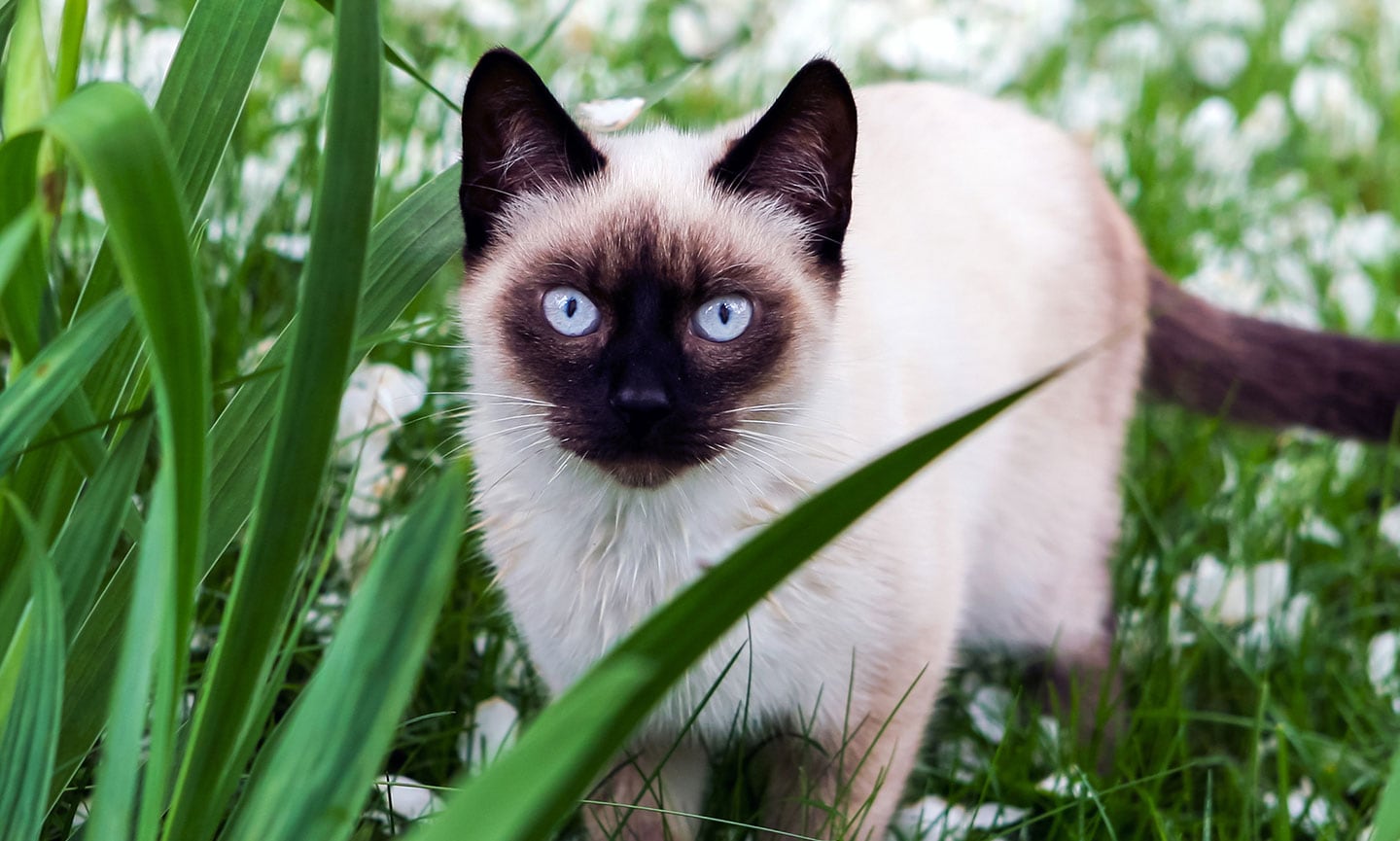
iStock.com/Vital Hil
Possibly the best known of the blue-eyed cats is the Siamese. There are some variations within the breed (mainly differing in head shape), but all sport the same vivid blue eyes, have short hair and are considered a colorpoint cat, having cream- or light-colored fur accented by darker colored extremities, which for the
Siamese can be seal (dark brown), chocolate (lighter brown), blue (a cool gray) or lilac (a pinkish gray). Known for being talkative, Siamese cats are social creatures and love to strike up conversations with their humans.
Balinese
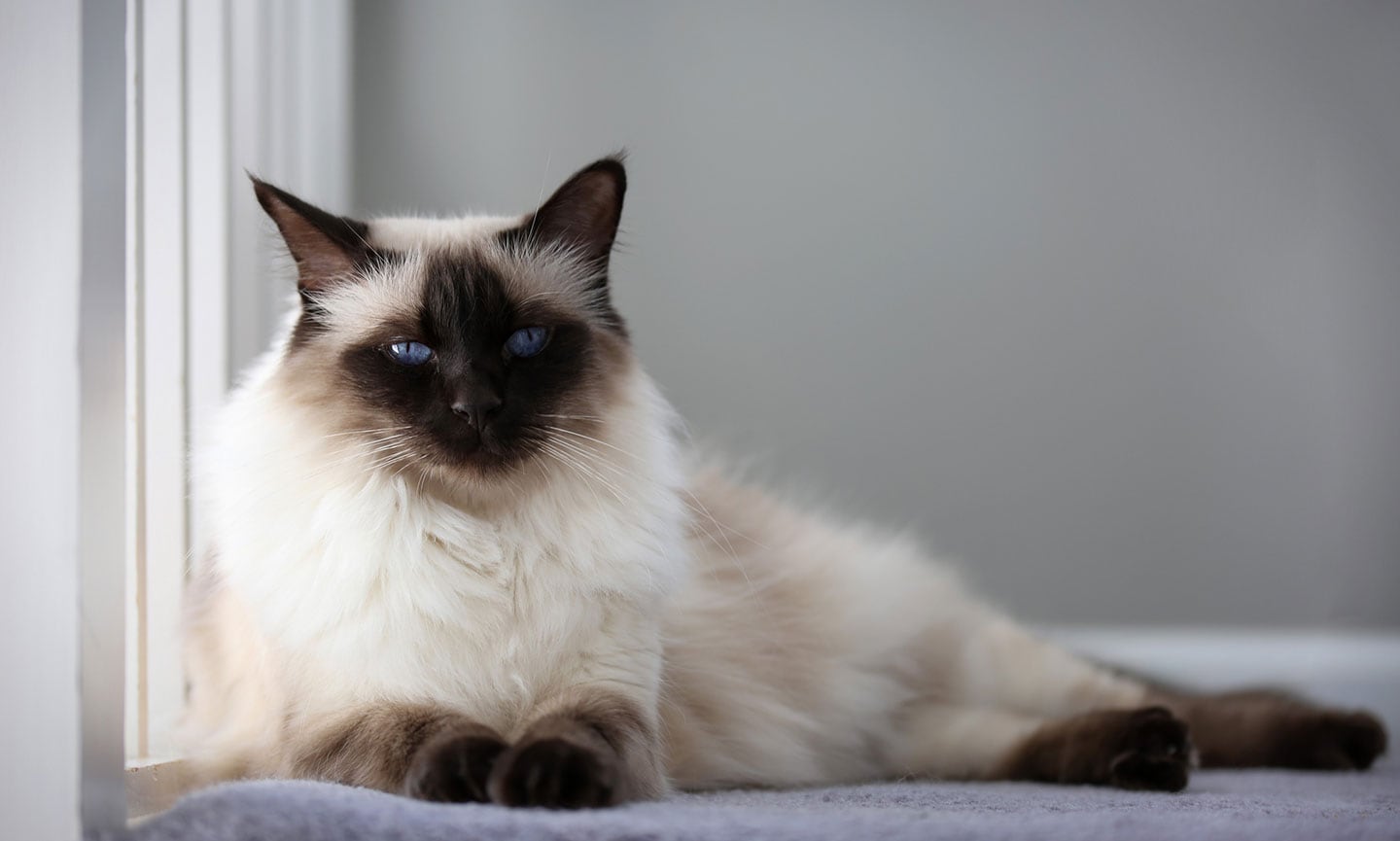
iStock.com/aleishaknight
Persian

iStock.com/Vadimborkin
Persian cats have expressive faces with their adorable smushed snouts and large eyes that can range from deep blue to blue-green to copper colored—or odd-eyed, meaning one of each.
Their fur is fluffy and thick, and comes in a wide variety of coat colors, including: solid (white, black, red, cream, lilac, and chocolate), tabby, calico, and multicolored (for example, tortoiseshell). They tend to be very sweet, quiet and generally less outgoing than some of the other blue-eyed cats on this list.
Himalayan
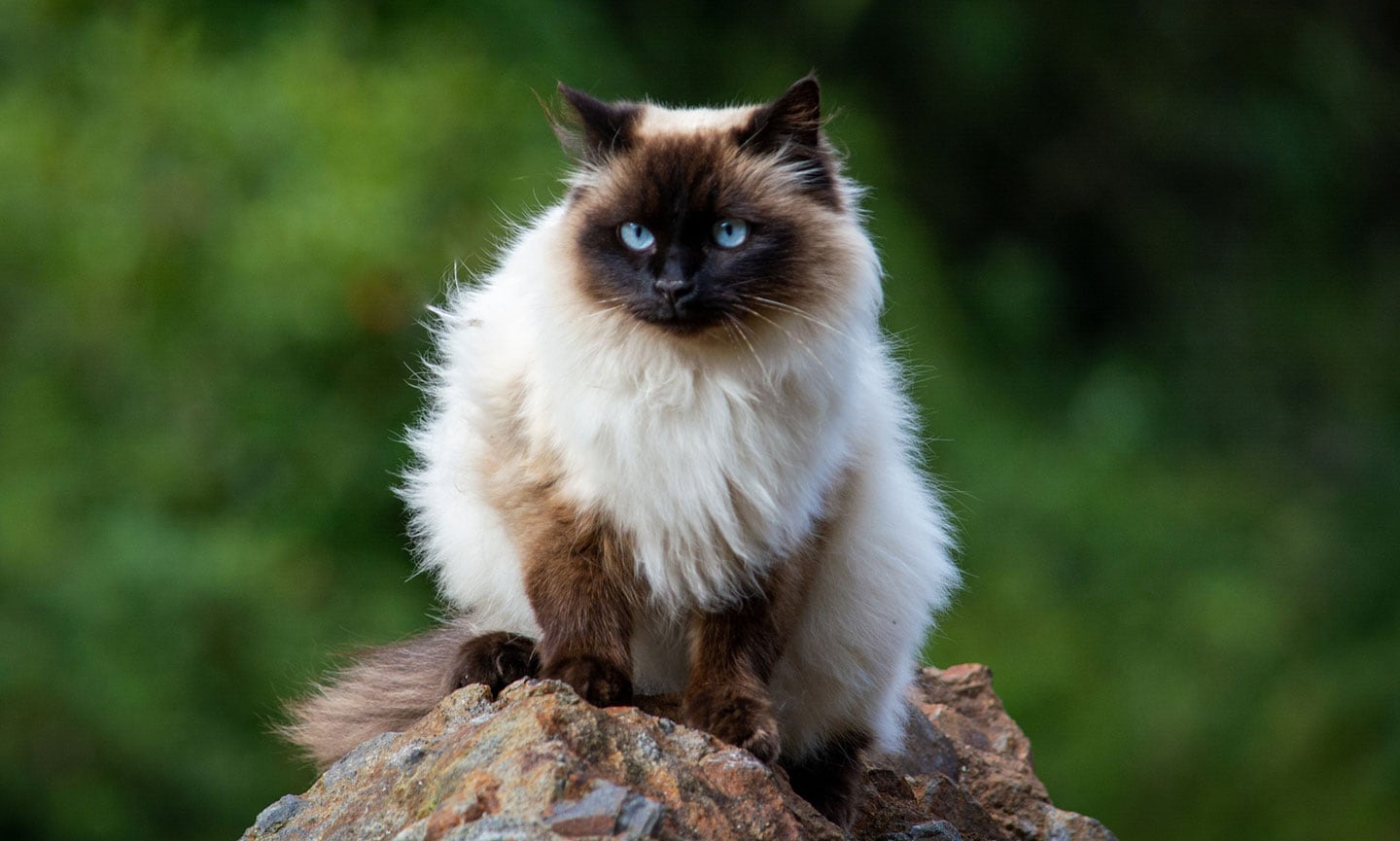
iStock.com/ecuadorplanet
Birman

iStock.com/Vadimborkin
Colorpoint Shorthair

iStock.com/CarlSalonen
Javenese
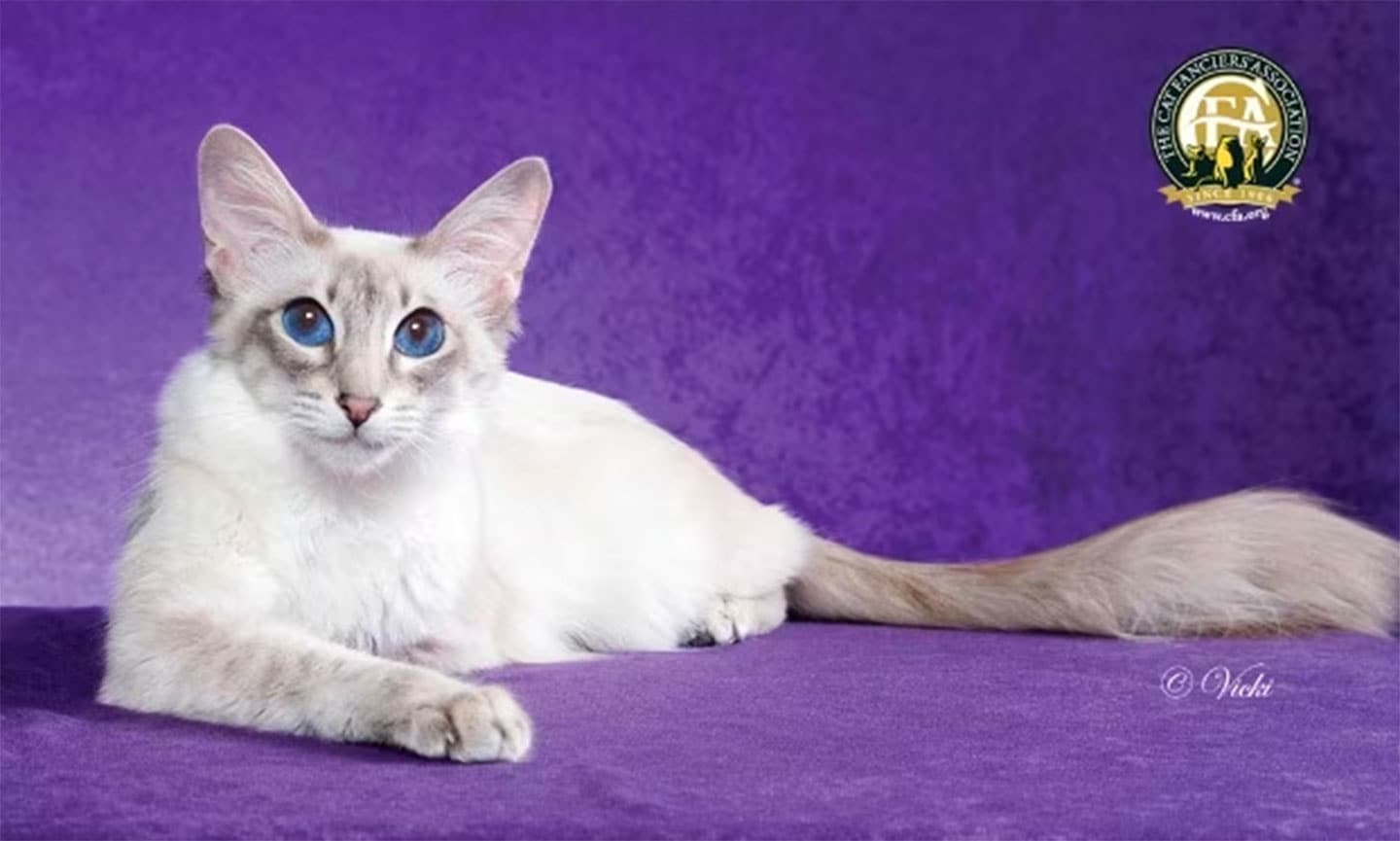
Vicki Howell via Cat Fanciers' Association
From the parent breeds of Balinese and Colorpoint Shorthair, the Javanese sports a silky, medium-length coat with a number of colorpoint shades, including lynx, tortoiseshell, red, cream, fawn, smoke and cinnamon.
Javanese cats have a long triangular head with wide-set ears and a fluffy, plumed tail that looks kind of like a feather duster. These blue-eyed charmers are affectionate and people-oriented, communicating when they have something to say, and using a variety of “voices.”
Ragdoll
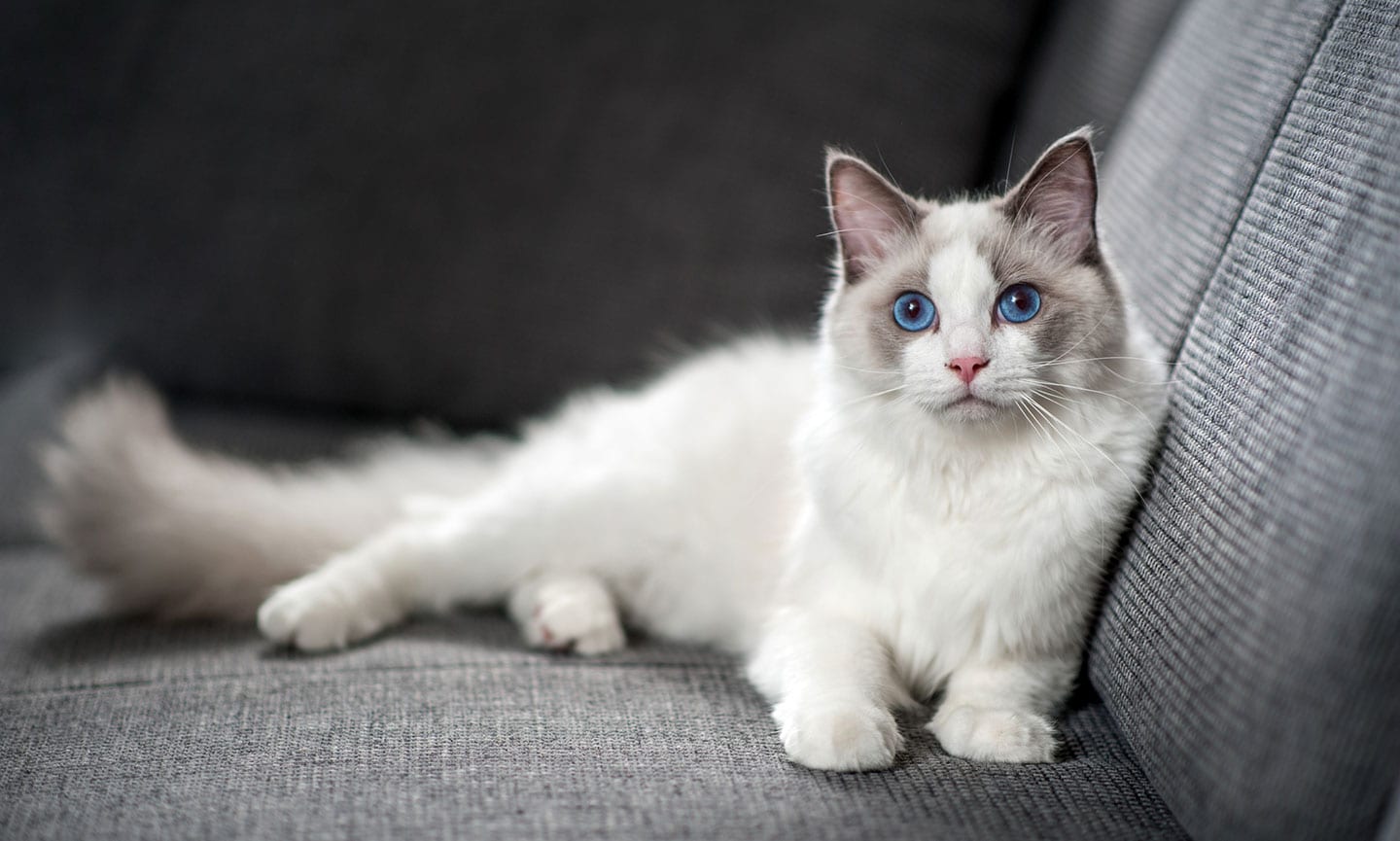
iStock.com/CasarsaGuru
Ragdolls are large cats (reaching up to a whopping 20 pounds!) with beautiful blue eyes and semi-long, plush hair.
Their coats have colorpoints in shades of seal, chocolate, blue and lilac. Though Ragdolls are big, they’re typically pretty low energy and are happy to curl up on the couch with their pet parents. In fact, they’re so docile that they go limp when you pick them up—like a ragdoll—which is how the breed got its name.
Snowshoe

iStock.com/Mik122
The Snowshoe breed was developed by crossing the Siamese with the American Shorthair, resulting in darker colorpoints and a tuxedoed appearance, but with—you guessed it—the same big blue eyes.
These small- to medium-sized, short-haired felines are very active, athletic, and smart, making them easy to train. And here’s a fun fact: Unlike most cats who avoid water at all costs, Snowshoes love splashing around in the water.
Turkish Angora
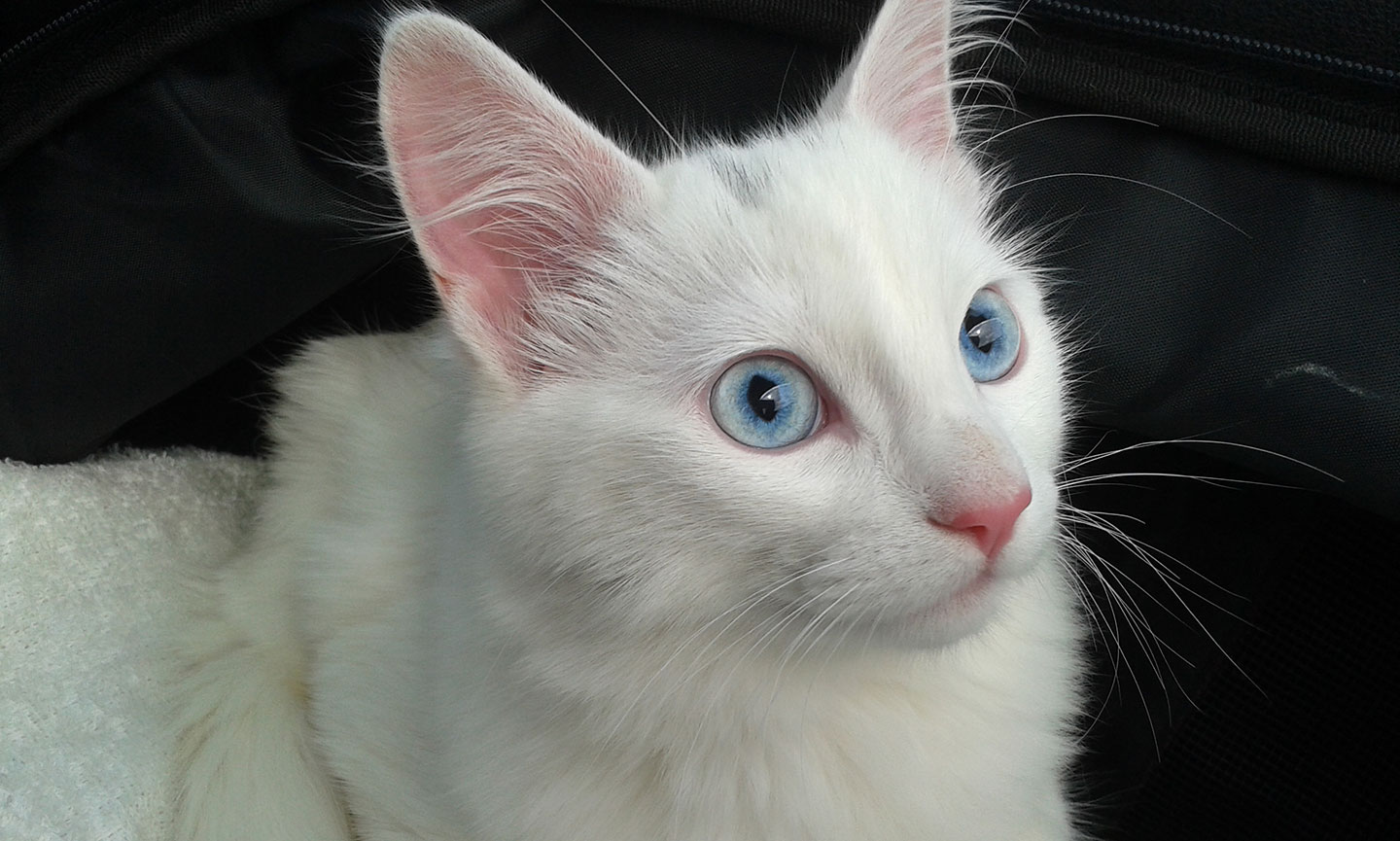
iStock.com/Agata Fetschenko
Tonkinese
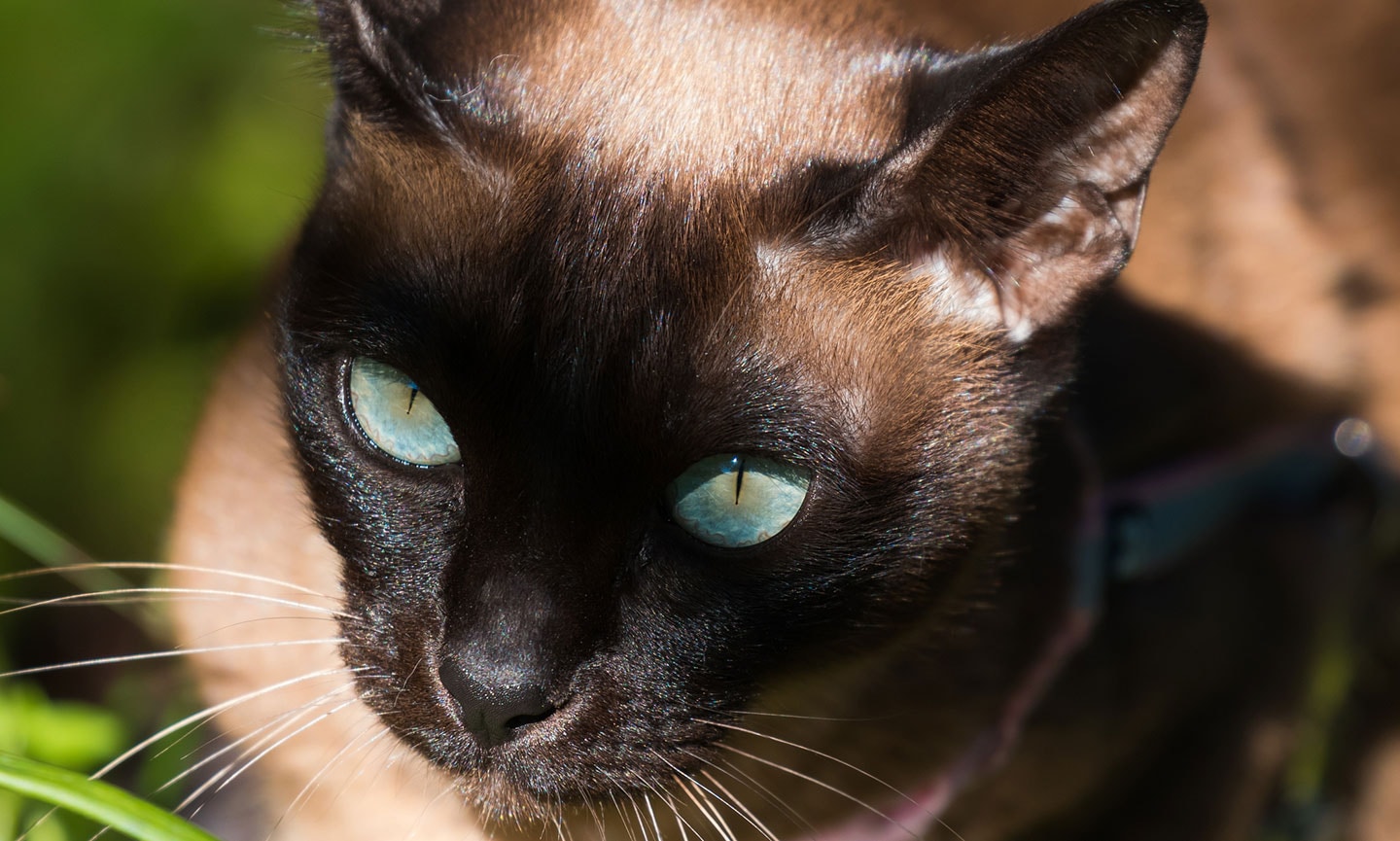
iStock.com/Sally Hinton
Tonkinese cats have a rounded head with high cheekbones and wide, aqua-blue eyes that are hard to resist. They’re medium-sized with an average build, neither slender nor stocky, and they have short, fine hair that lies close to their body.
These blue-eyed kitties have colorpoints in shades of platinum, champagne, natural, and blue. The Tonkinese breed comes from the Siamese and the Burmese, and it was the first pedigreed cat to display the aqua eye color.
Khao Manee
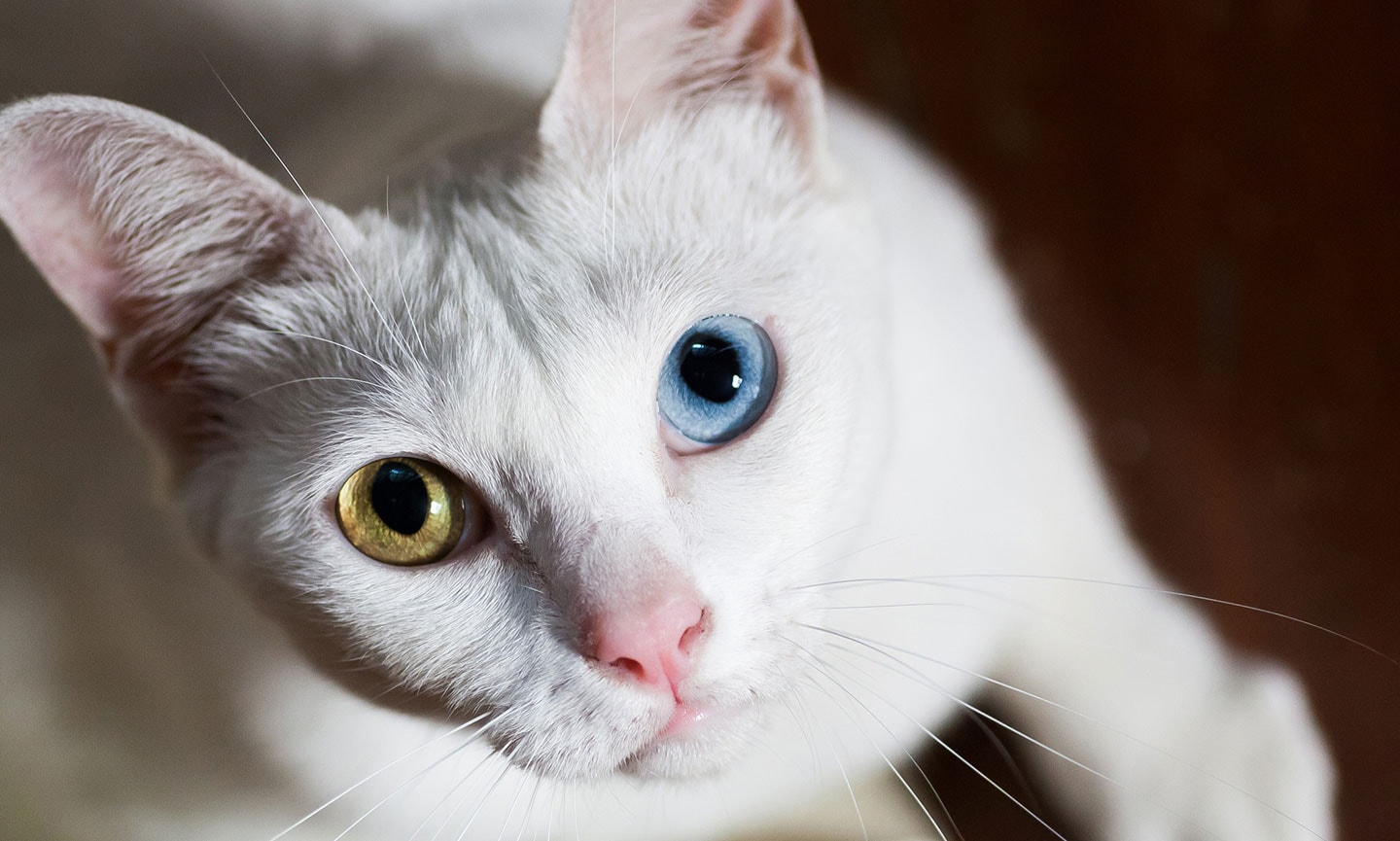
iStock.com/gopfaster
Ojos Azules
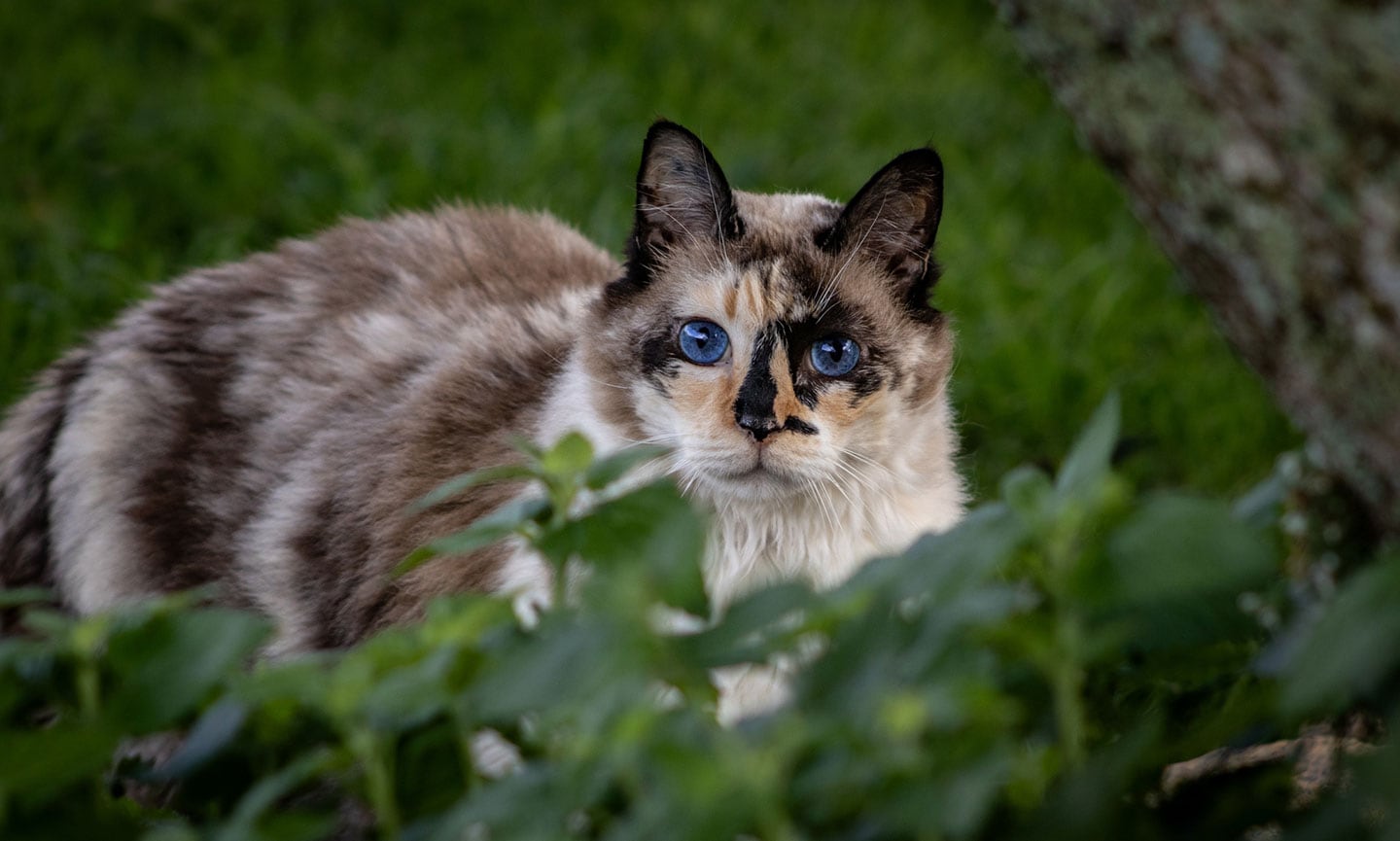
iStock.com/micsmt
Ojos Azules means “blue eyes” in Spanish, so it’s no surprise that this rare breed possesses a beautiful aqua eye color. The Ojos Azules breed reportedly began with a blue-eyed feral cat in New Mexico in the 1980s, and the International Cat Association (TICA) officially recognized the breed in 1991, though it has since been removed from the registry. This breed is so rare that there were only 10 known Ojos Azules in 1992 and it’s unknown how many, if any, exist today.
*The above photo is only an example of what an Ojos Azules cat could potentially look like, given that it is unknown if any exist today.
Blue-Eyed Cat FAQ
Why do some cats have blue eyes?
Did you know all kittens have blue eyes? It’s due to a lack of pigment in the iris which doesn’t develop until 6 weeks of age, according to Dr. Michael Salkin, DVM, a veterinarian for JustAnswer.
Some breeds continue to have blue eyes even into adulthood due to a genetic mutation that affects pigmentation. “The presence of blue eyes in cats is linked to the presence of the white spotting gene, which can inhibit the development of pigment in the iris, resulting in blue eyes,” explains Dr. Zay Satchu, DVM, co-founder and Chief Veterinary Officer at Bond Vet.
Are all cats with blue eyes deaf?
The short answer: No, not all cats with blue eyes are deaf. But blue-eyed cats are more likely to be deaf than cats with darker eye colors—particularly completely white cats, according to Dr. Satchu. That’s because the gene that’s linked to hereditary deafness in these cats also causes a white coat and blue eyes.
Up to 75 percent of all white cats with two blue eyes are deaf, according to Dr. Salkin. They can still make excellent pets and lead rich, healthy lives—with some specialized care from you, of course.
Are cats with blue eyes blind?
How rare are cats with blue eyes?
If you’re looking for a new furry member to add to your family, any of these cat breeds with blue eyes would make a fantastic (and beautiful) companion for you. And once you have your new feline friend, you’ll need a name that fits their personality—and we have over 200 cat names for you to browse.
Expert input provided by Dr. Michael Salkin, DVM, a veterinarian for JustAnswer, and Dr. Zay Satchu, DVM, co-founder and Chief Veterinary Officer at Bond Vet.



